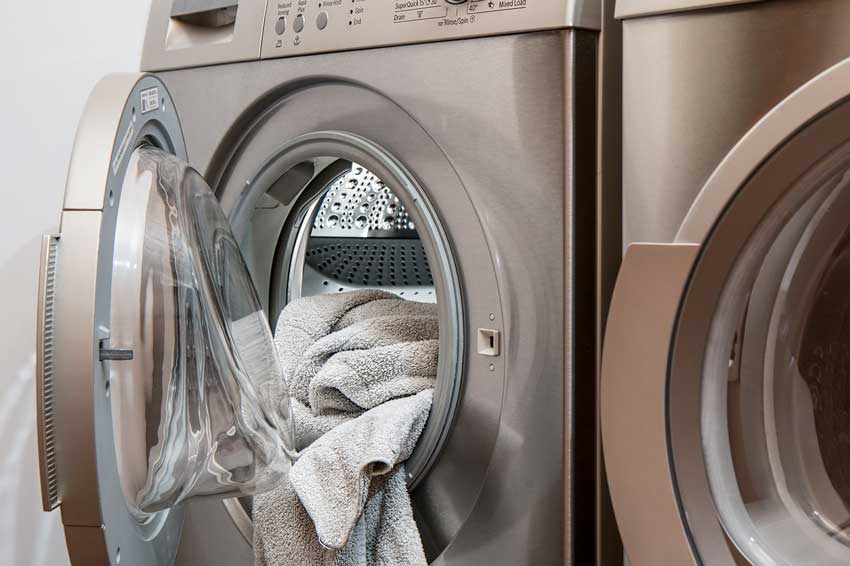
We more or less take for granted that laundry is something we do simply because we have to do it. The alternatives, of course, are unpleasant or generally socially unacceptable: wearing dirty clothes, wearing no clothes or buying new clothes every time you bathe.
And while this is all true, if you have a septic tank and a washing machine, approaching laundry day isn’t just as simple as throwing the clothes in whenever you have a free moment.
Let’s be honest – when you think about a septic tank and what goes in there, the first thing that comes to mind is what goes down the toilet. But every pipe and drain in your house eventually leads to that tank, including the washing machine, which processes enough water that it’s worth thinking about how doing your laundry impacts your septic tank.
A little planning, preparation and preventative maintenance goes a long way toward making sure your septic tank handles whatever your washing machine throws at it without trouble.
Here’s a few tips and things to remember to keep everything running how it should:
- Pace yourself. Septic tanks are only meant to handle a certain amount of water, and running your machine nonstop for too long can negatively affect your system. Too much wastewater in too short a time period will cause the tank to release waste into your system’s drainfield before it’s been properly processed, which is no one’s idea of a good time. One load of laundry at a time, with a break of several hours in between, is best. If this seems inefficient, try picturing the efficiency of flooding and damage – which is what will happen if you mess up your septic system.
- Clean your trap – your lint trap. If the lint filter in your washing machine is too full, the excess trash found in them will end up in your septic tank, which is not designed to process solid fibers. You don’t need to clean the washer’s lint filter as often as the equivalent in the dryer, but it does need to be done at least once every few months.
- Not too much detergent. As we’ve previously discussed, your septic tank fosters bacteria – productive bacteria – as a system feature. Some detergents have chemicals that will kill those bacteria, and in turn get your tank off track. Use the right and recommended amount of detergent – and ensure it’s labeled “septic safe” – to avoid this problem.
- And one for free: don’t mix whites and reds.

